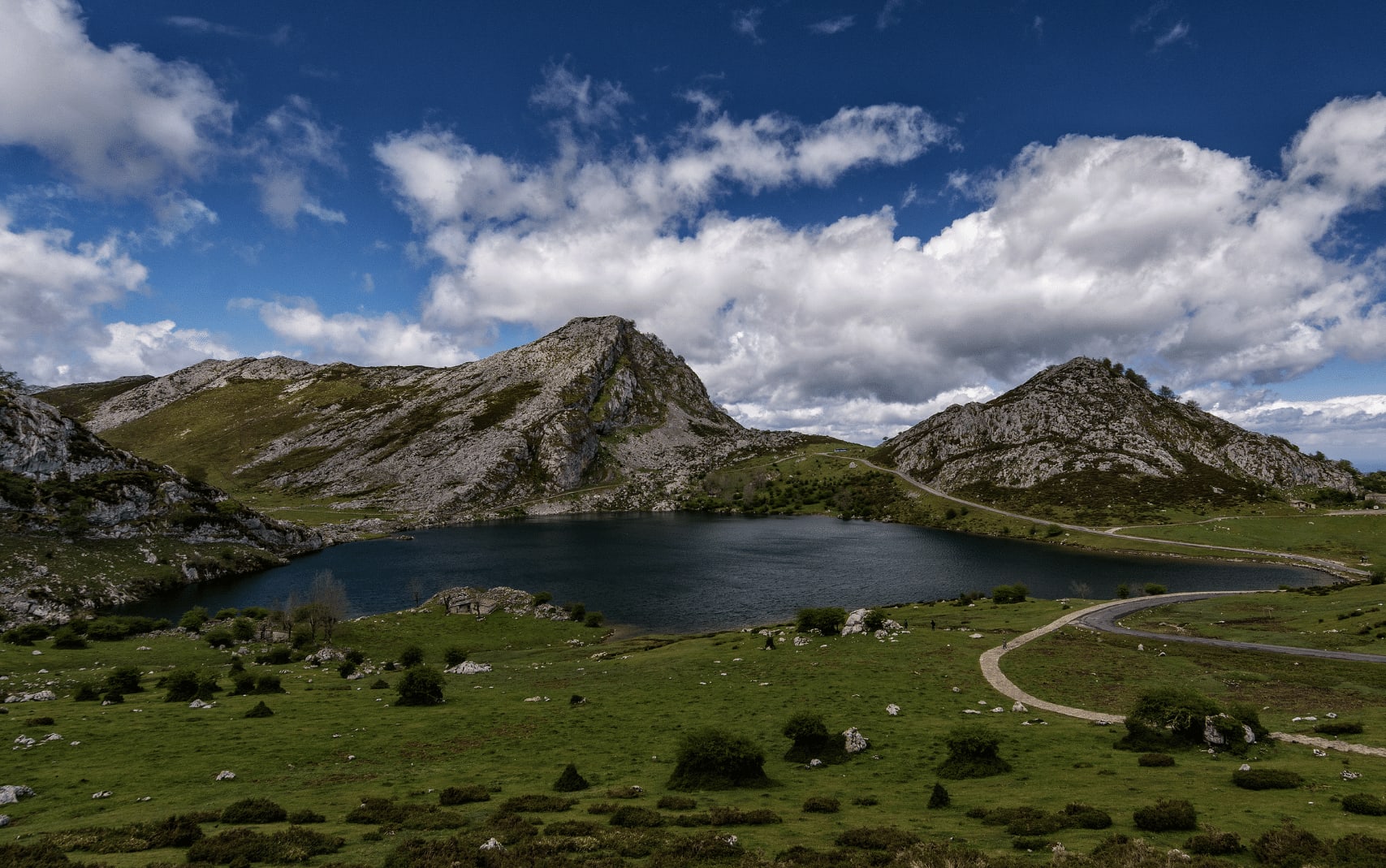Does Spain has States? All 50 Regions and 17 Autonomous Communities
September 27, 2022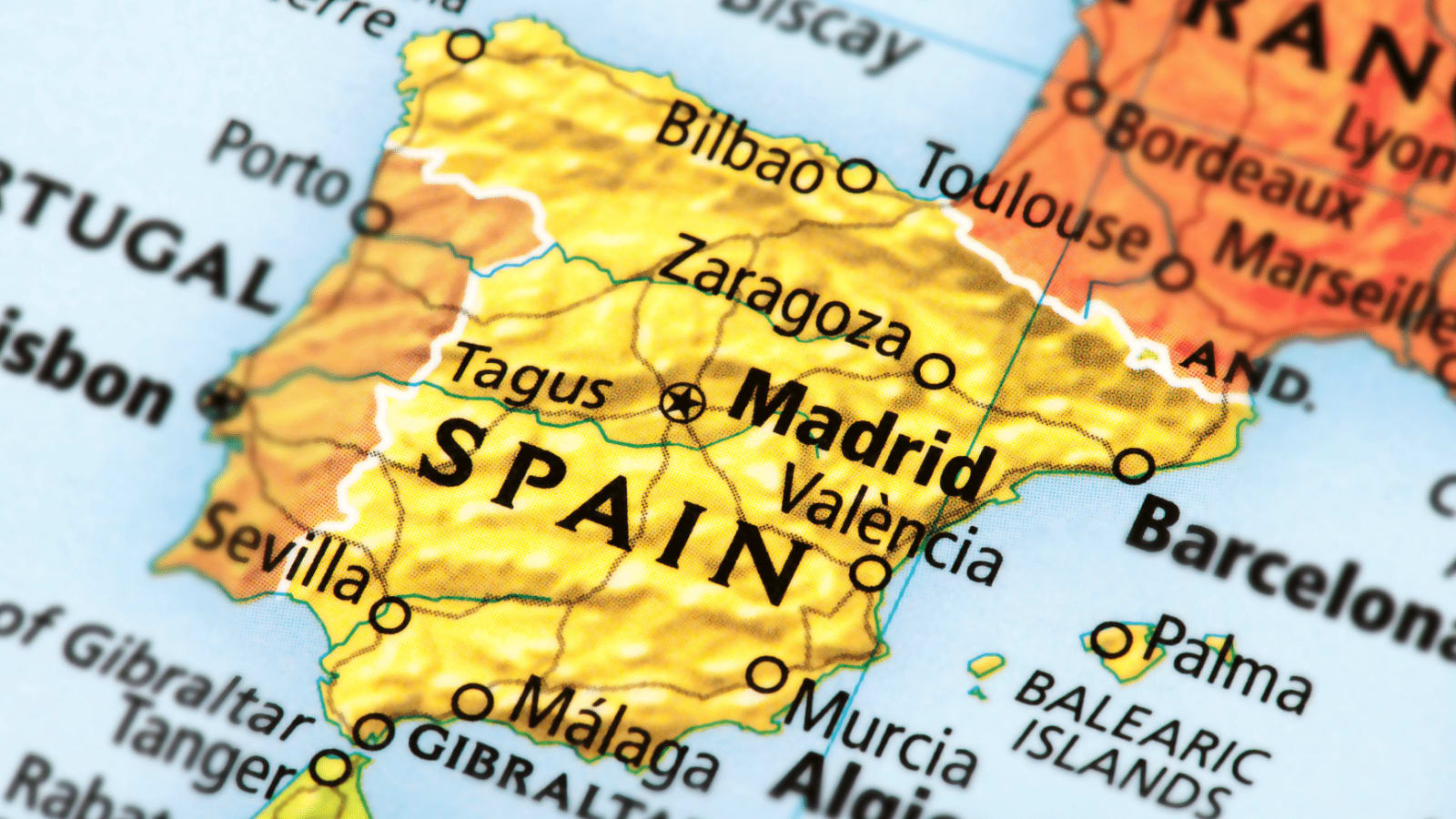
Win a FREE Trip to Spain!
Exciting Announcement! For the first time, we're thrilled to offer exclusive trips to the heart of Spain - an experience like no other. This isn't your typical tourist journey; it's a unique opportunity to immerse yourself in authentic Spanish culture, alongside real locals and our passionate team.
But there's more! Simply by requesting information about this amazing trip, you'll be entered into a special draw to win a Fully Paid Trip to Spain for Two. And that's not all - everyone who inquires will receive an exclusive bonus gift, valued at $500, available only now.
Ready to Discover the Real Spain?Click Here ↑ to Request Information & Enter the Draw!
No states within Spain -If you were wondering- Their internal organization of territories is not like that. Spain is divided into different autonomous communities.
In this post, I’ll explain in a VERY easy way how Spain is divided, where are the different regions located, and all about the 50 provinces that form this beautiful country full of culture, traditions, and gorgeous beaches and landscapes!
You’ll see that almost all autonomous communities were created recently (some of them come from long disputes ago tho). Also, you should know that Spain has some excellent Spanish Countryside locations worth visiting. These are ideal for a quick disconnect, detox, and getting some fresh air!
Nevertheless, you’ll learn everything about the internal organization of Spain with maps, tables, pictures, and simple-to-digest information.
Let’s begin by explaining the most frequently asked question.
Table of Contents ▼ ▶
1. Does Spain have States?
Spain is divided into 50 provinces. According to the Constitution, each province belongs to one of the 17 autonomous communities that enjoy autonomy to manage their respective interests.
So… Spain doesn’t have States but Provinces, Regions, and Municipalities.
2. How Is Spain Divided?
Spain has 50 provinces and 17 Autonomous Communities, each of them has an Autonomous Government, a Legislative Autonomous Assembly, and a Statute of Autonomy that establishes the denomination, the territory, the organizational model, and the community’s competencies.
The Spanish Constitution of 1978 established a series of procedures for their formation that allowed them to build their own independent state. This process is known as “The Spanish Transition” it began in 1979 and ended in 1995.
Each province is divided into a variable number of municipalities. (Basically, a town or district with a local government ruled by the national government.)
3. Table of Provinces
| Province | Main City | Autonomous Community |
|---|---|---|
| Álava | Vitoria | País Vasco |
| Albacete | Albacete | Castilla-La Mancha |
| Alicante | Alicante | Comunidad Valenciana |
| Almería | Almería | Andalucía |
| Asturias | Oviedo | Asturias |
| Ávila | Ávila | Castilla y León |
| Badajoz | Badajoz | Extremadura |
| Barcelona | Barcelona | Cataluña |
| Burgos | Burgos | Castilla y León |
| Cáceres | Cáceres | Extremadura |
| Cádiz | Cádiz | Andalucía |
| Cantabria | Santander | Cantabria |
| Castellón | Castellón de la Plana | Comunidad Valenciana |
| Ciudad Real | Ciudad Real | Castilla-La Mancha |
| Córdoba | Córdoba | Andalucía |
| La Coruña | La Coruña | Galicia |
| Cuenca | Cuenca | Castilla-La Mancha |
| Gerona | Gerona | Cataluña |
| Granada | Granada | Andalucía |
| Guadalajara | Guadalajara | Castilla-La Mancha |
| Guipúzcoa | San Sebastián | País Vasco |
| Huelva | Huelva | Andalucía |
| Huesca | Huesca | Aragón |
| Islas Baleares | Palma de Mallorca | Islas Baleares |
| Jaén | Jaén | Andalucía |
| León | León | Castilla y León |
| Lérida | Lérida | Cataluña |
| Lugo | Lugo | Galicia |
| Madrid | Madrid | Comunidad de Madrid |
| Málaga | Málaga | Andalucía |
| Murcia | Murcia | Región de Murcia |
| Navarra | Pamplona | Navarra |
| Orense | Orense | Galicia |
| Palencia | Palencia | Castilla y León |
| Las Palmas | Las Palmas de Gran Canaria | Islas Canarias |
| Pontevedra | Pontevedra | Galicia |
| La Rioja | Logroño | La Rioja |
| Salamanca | Salamanca | Castilla y León |
| Segovia | Segovia | Castilla y León |
| Sevilla | Sevilla | Andalucía |
| Soria | Soria | Castilla y León |
| Tarragona | Tarragona | Cataluña |
| Santa Cruz de Tenerife | Santa Cruz de Tenerife | Islas Canarias |
| Teruel | Teruel | Aragón |
| Toledo | Toledo | Castilla-La Mancha |
| Valencia | Valencia | Comunidad Valenciana |
| Valladolid | Valladolid | Castilla y León |
| Vizcaya | Bilbao | País Vasco |
| Zamora | Zamora | Castilla y León |
| Zaragoza | Zaragoza | Aragón |
4. List of 17 Autonomous Communities and 50 Provinces
Andalucia

The Andalusian autonomy began after the death of Francisco Franco and the beginning of the democratic transition.
Andalucia’s main capital is Málaga, and the community is formed by the following provinces: Almería, Cádiz, Córdoba, Granada, Huelva, Jaén, Málaga, and Sevilla.
In the 19th century, the figure of Blas Infante stood out as the “father of the Andalusian homeland.” him, with Some other members, signed the Andalusian Manifesto of Córdoba in 1919, which described Andalusia as a national reality.
link to the statute of autonomy: https://www.juntadeandalucia.es/export/drupaljda/lo_2-2007_0.pdf
Aragon
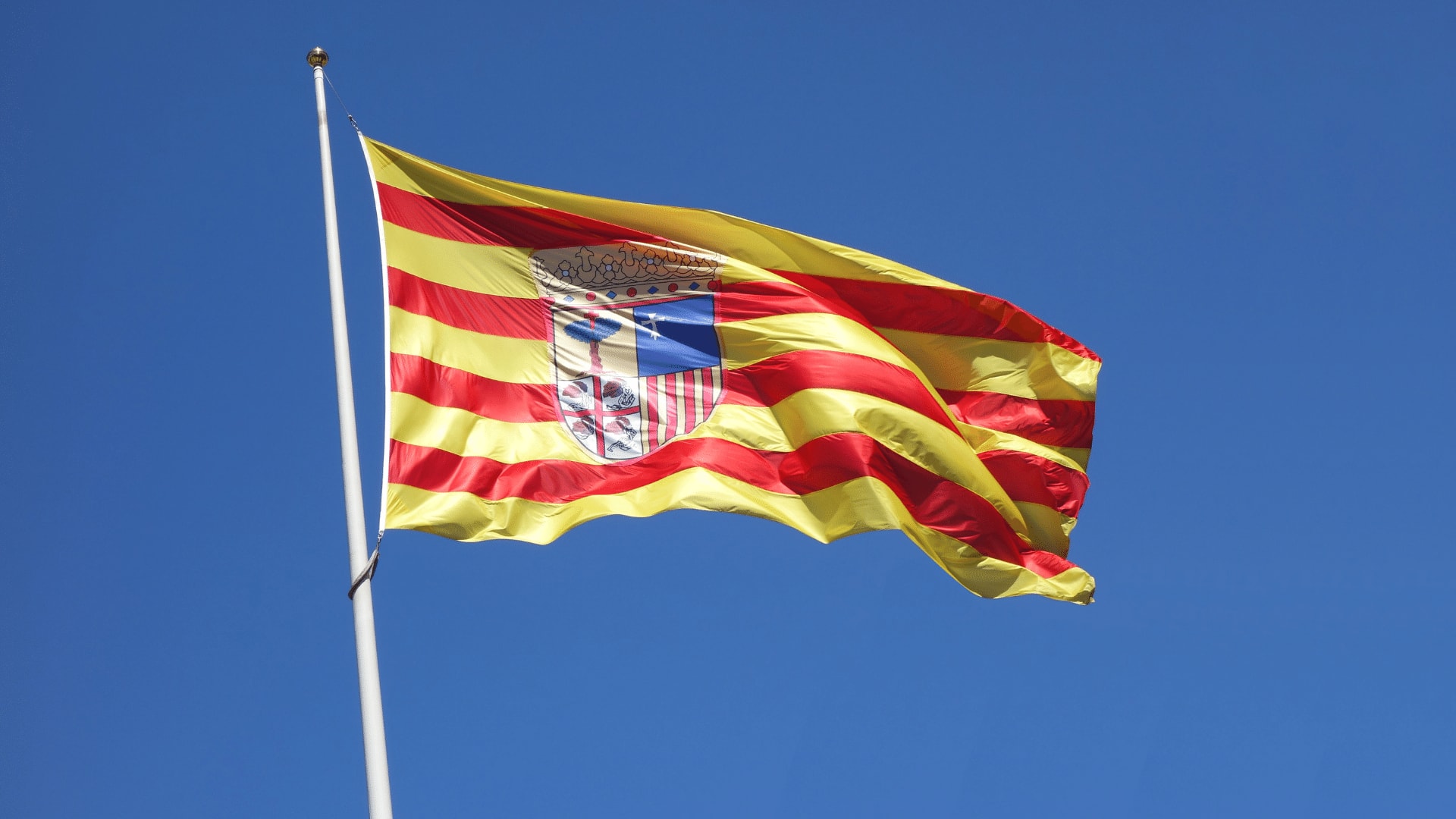
Aragon was constituted as an Autonomous Community in 1982. It comprises the provinces of Huesca, Teruel, and Zaragoza and is articulated in thirty-two counties and a county delimitation.
Its capital is the city of Zaragoza, which is home to just over half of the 1,328,753 inhabitants of Aragón.
It is also one of the four communities with the lowest population density. On April 23, the festival of San Jorge, the day of Aragon, is celebrated.
Different linguistic varieties are spoken in Aragon, classified into three languages: Spanish, Aragonese, and Catalan. Aragonese Spanish is included among the northern variants of Spanish, with its own characteristics and notably different in terms of vocabulary and intonation.
link to the statute of autonomy: https://estatuto.aragon.es/sites/default/files/PDF-ESTATUTO-2015-2_0.pdf
Asturias
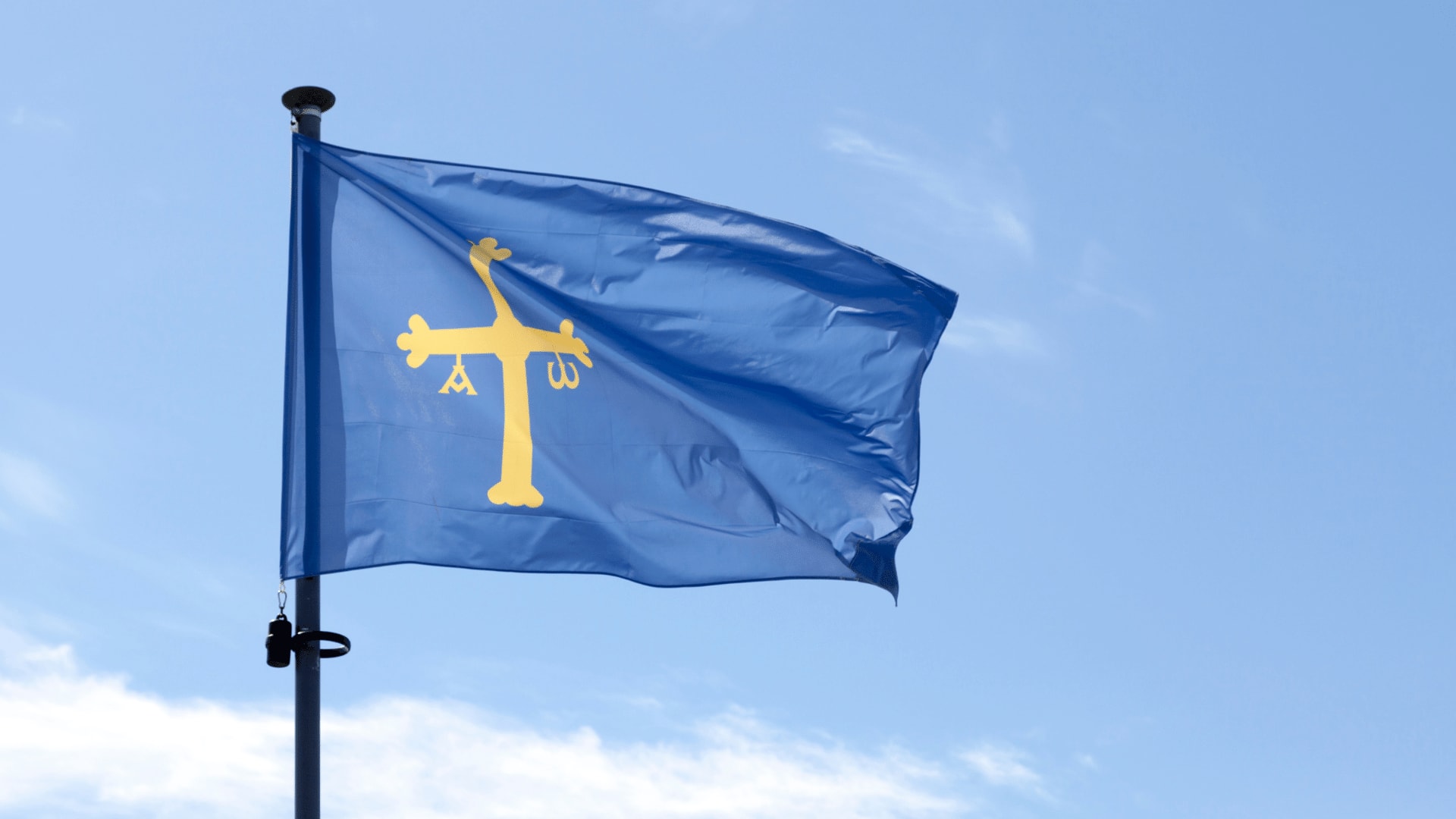
Its capital is the city of Oviedo. The main Asturian populations are concentrated in the central area from the coast to the interior, following the mining valleys.
The most populated city is Gijón, with 272,365 inhabitants; followed by the regional capital, Oviedo, with 220,301 inhabitants; and Avilés, which has 79,514 inhabitants. The total population is 1,034,960 inhabitants.
Asturians have their own Romance language: Asturian (also called bable), spoken frequently by around 100,000 inhabitants. They also have their own culture, institutions, and history that differentiates them and provide identity as a differentiated town.
link to the statute of autonomy: https://www.boe.es/buscar/pdf/1982/BOE-A-1982-634-consolidado.pdf
Balearic Islands
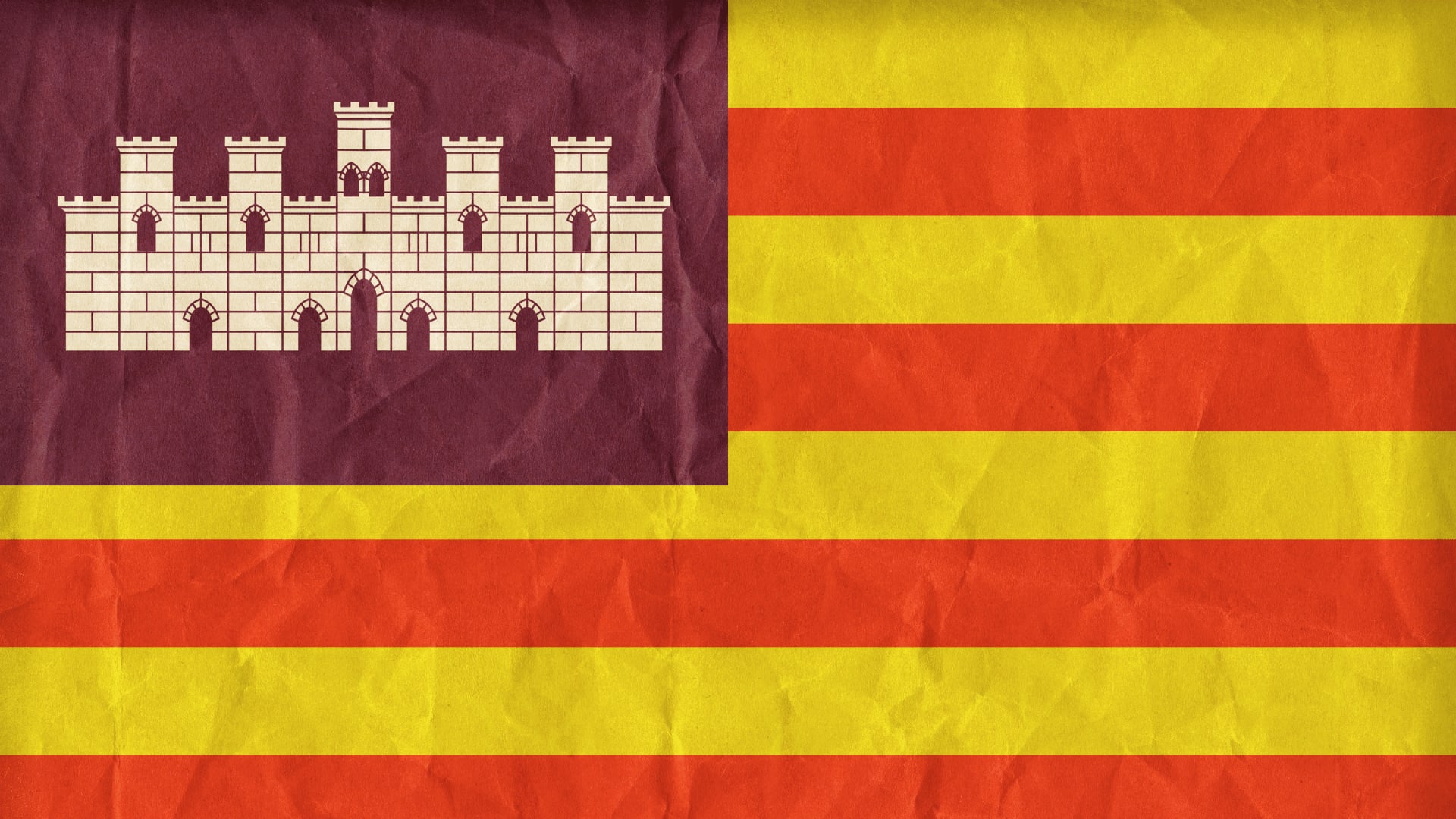
The Islas Baleares comprises four islands: Mallorca, Menorca, Ibiza, and Formentera. Its main city is Palma de Mallorca.
The democratic transition was initiated after Francisco Franco’s death. On June 4, 1977, The Autonomous Pact of the Balearic Islands was signed. It established the dual official status of Catalan, the islands’ own language, and Spanish, the official language of the State.
The Balearic Islands have been getting an enormous tourist development. Every year, people from Western and Central Europe (Germans) visit the Island due to its beauty and culture.
Also, the Spanish stereotypes of us being “lazy” often come from what people see after visiting one of the Islands. Some of them believe all Spaniards are laid-back, but let me tell you that Spanish people are hardworking individuals!
link to the statute of autonomy: https://app.congreso.es/consti/estatutos/ind_estatutos.jsp?com=66
Basque Country

This community comprises a small territory, but it is highly populated compared to other cities and has significant industrial, fishing, and commercial activities.
Its main city is Vitoria-Gasteiz
Almost forgot to tell you that the Basque coast has the most spectacular landscapes alternating steep areas with wide sandy beaches.
Basque Country’s autonomous community comprises three provinces: Álava, whose capital is Vitoria-Gasteiz; Guipúzcoa, whose capital is San Sebastián / Donostia; and Vizcaya, whose capital is Bilbao.
link to the statute of autonomy: https://www.boe.es/buscar/pdf/1979/BOE-A-1979-30177-consolidado.pdf
Canary Islands
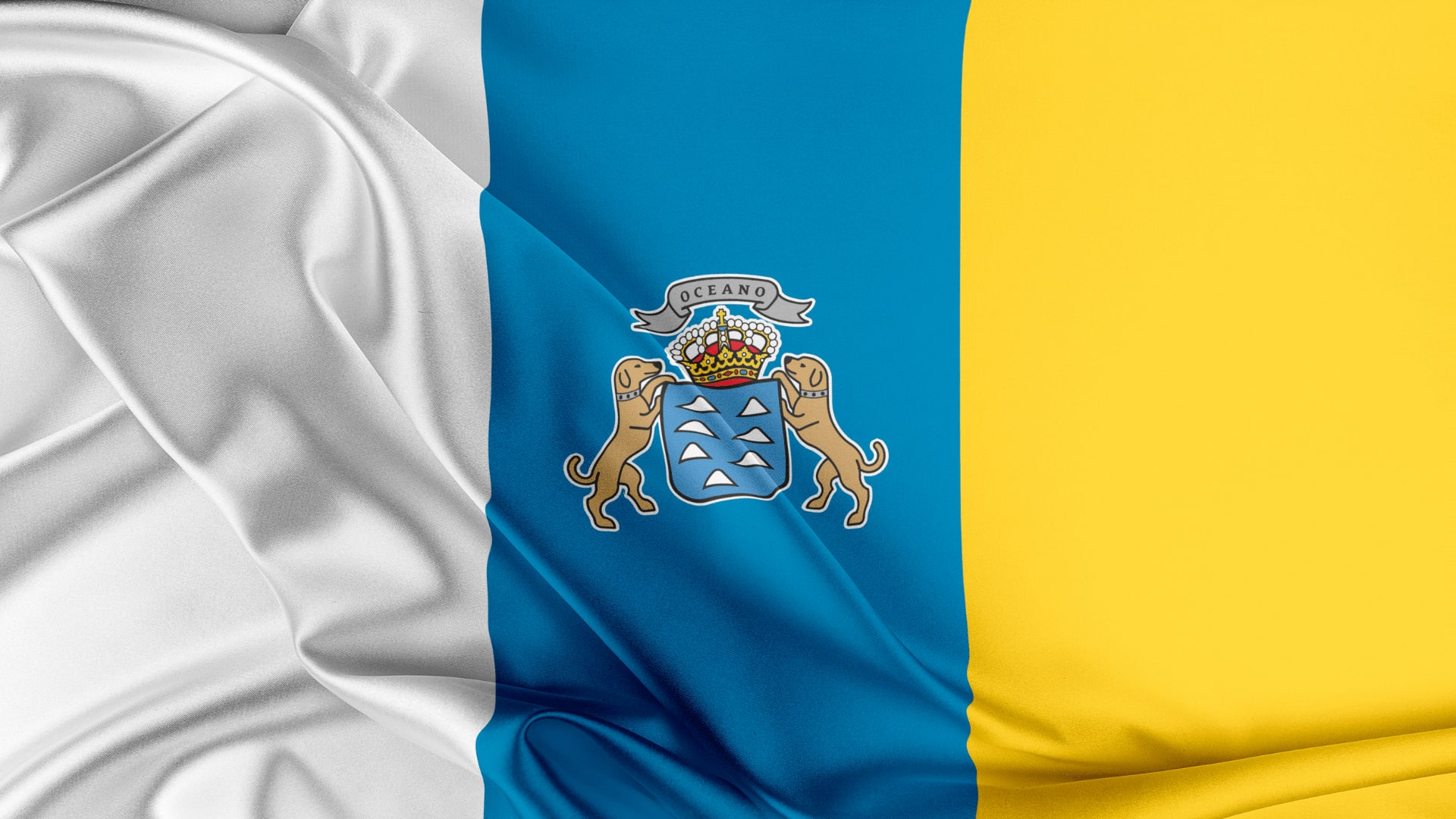
After the Franco dictatorship between 1939 and 1975, the Canary Islands, like the rest of Spain, entered a period of democratic transition. They are currently an Autonomous Community of Spain, divided into Las Palmas and Santa Cruz de Tenerife provinces.
The Island comprises seven main islands: El Hierro, La Gomera, La Palma, Tenerife, Fuerteventura, Gran Canaria, and Lanzarote. With Las Palmas de Gran Canaria being the main capital.
It is a Spanish paradise!! Full of crystal clear waters, good weather, incredible gastronomy, and very friendly people.
It is the perfect place to spend a good holiday after having been locked up at home for so long!
link to the statute of autonomy: https://app.congreso.es/consti/estatutos/ind_estatutos.jsp?com=68
Cantabria
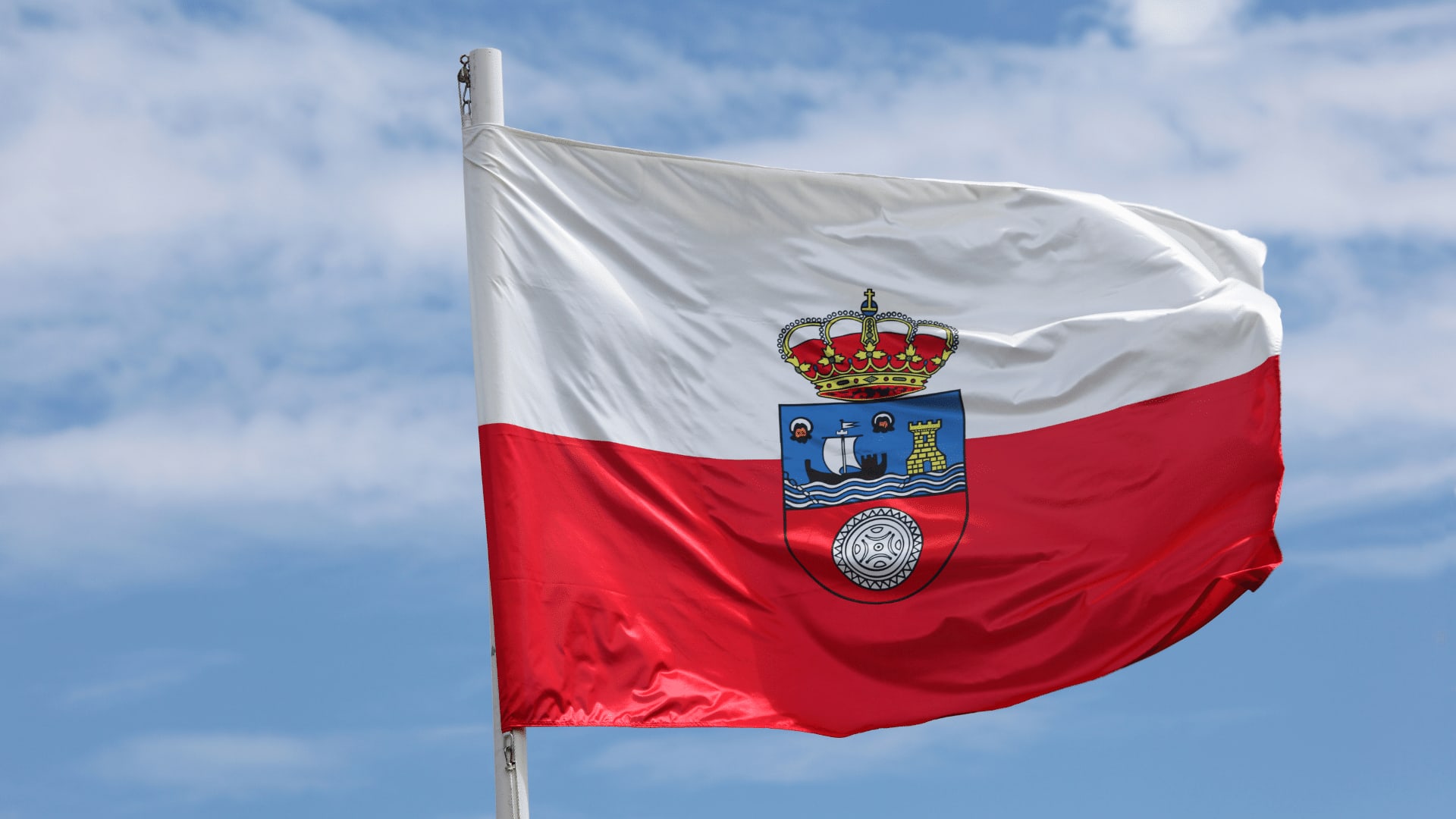
Cantabria is a Spanish autonomous community of uniprovincial nature. Its central city is Santander, which is also the most populous municipality, followed by Torrelavega.
In 1981, the King of Spain signed the Statute of Autonomy for Cantabria. In this way, the province of Santander disassociated from its historical belonging to Castilla and left the pre-autonomous regime of Castilla y León in which it was together with the provinces of Ávila, Burgos, León, Logroño, Palencia, Salamanca, Segovia, Soria, Valladolid, and Zamora.
link to the statute of autonomy: https://www.boe.es/buscar/pdf/1982/BOE-A-1982-635-consolidado.pdf
Castilla la Mancha

Castilla-La Mancha is an autonomous community that emerged with the Spanish Constitution and its autonomic process derived from it. (As well as the majority of communities)
It is located in the central part of the Iberian Peninsula. Also, it comprises 919 municipalities that make up the provinces of Albacete, Ciudad Real, Cuenca, Guadalajara, and Toledo. With the central city being Toledo.
link to the statute of autonomy: https://www.cortesclm.es/index.php/estatuto-de-autonomia
Castilla y León
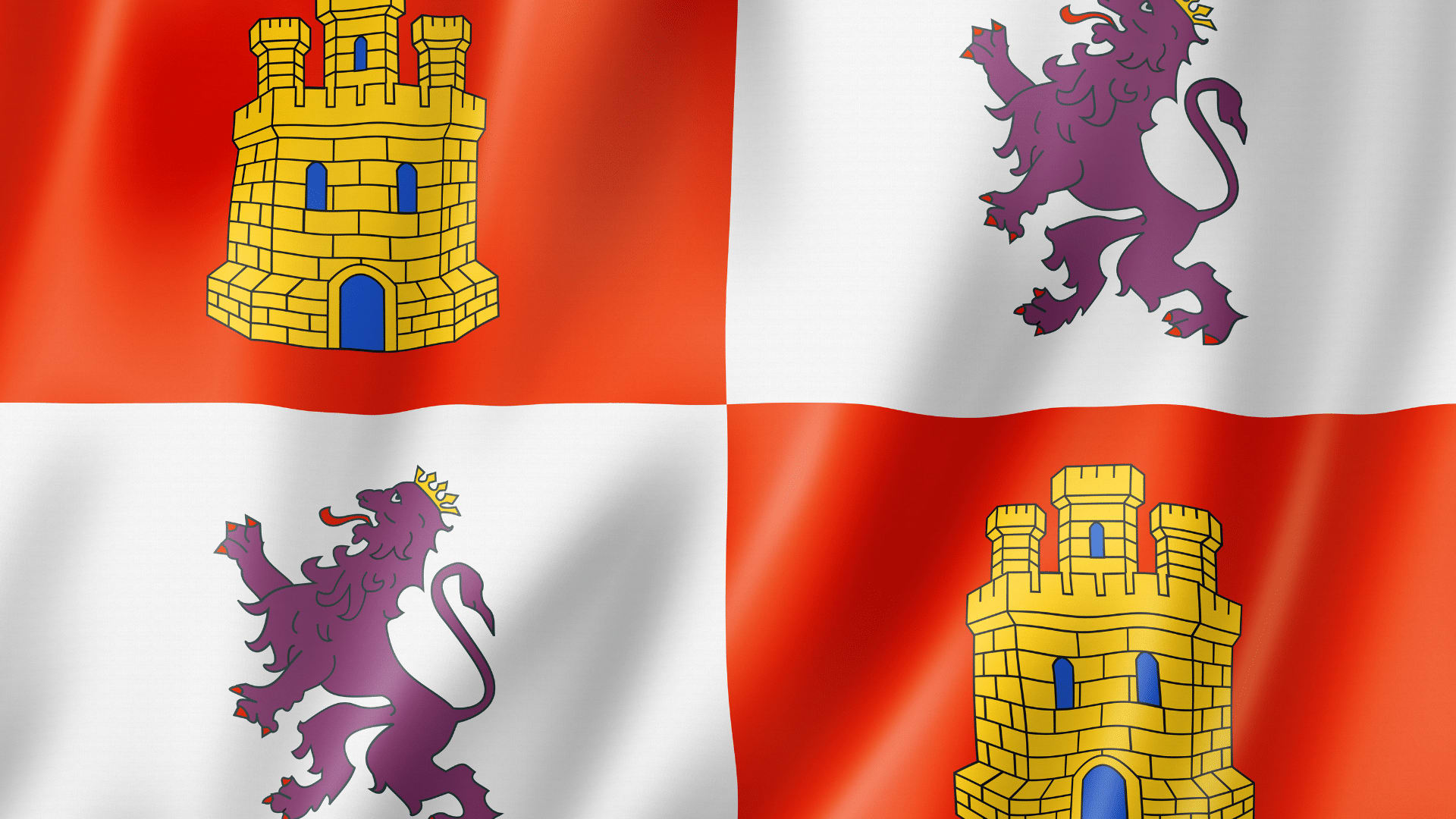
Castilla y León is made up of nine provinces: Ávila, Burgos, León, Palencia, Salamanca, Segovia, Soria, Valladolid, and Zamora. It is located in the northwest of the Iberian Peninsula.
The Statute of Castilla y León was approved in 1983 but did not set the capital. Initially, the seat of the General Council of Castilla y León was Burgos. However, sometime later, she moved to Valladolid, and there’s no official main city for Castilla y León even today.
link to the statute of autonomy: https://www.jcyl.es/web/es/administracionpublica/estatuto-autonomia.html
Catalonia

The region of Catalonia, whose central city is Barcelona, presented a draft Statute of Autonomy to the Monarchy in 1918, which was never discussed.
Then, in 1932 they obtained for the first time a Statute of Autonomy that granted them the possibility to have a government and a parliament.
After an extended period, in 1979, after Franco’s Dictatorship, the Statute had a referendum, which said that their official language was Catalan (in the first place) and Spanish.
Catalonia is made up of the provinces of Barcelona, Gerona, Lérida, and Tarragona. And their last approved referendum was in 2006.
link to the statute of autonomy: https://www.boe.es/buscar/act.php?id=BOE-A-2006-13087
Extremadura

Extremadura is made up of the provinces of Cáceres and Badajoz and obtained its autonomy statute on February 25, 1983. Many geography lovers say Extremadura is one of the most fascinating regions to visit, and its capital is the city of Mérida.
It limits to the west with Portugal, the south with Andalusia, the north with Castilla y León, and the east with Castilla-La Mancha.
Extremadura is known for being a famous wine region in Spain. Where Ribera del Guadiana wines are produced. Ee can also find the “Dolmen de Guadalperal” Popularly known as the “Spanish Stonehenge.” It is a megalithic monument from between the end of the 5th and the 3rd millennium BC.
link to the statute of autonomy: https://www.boe.es/buscar/pdf/2011/BOE-A-2011-1638-consolidado.pdf
Galicia
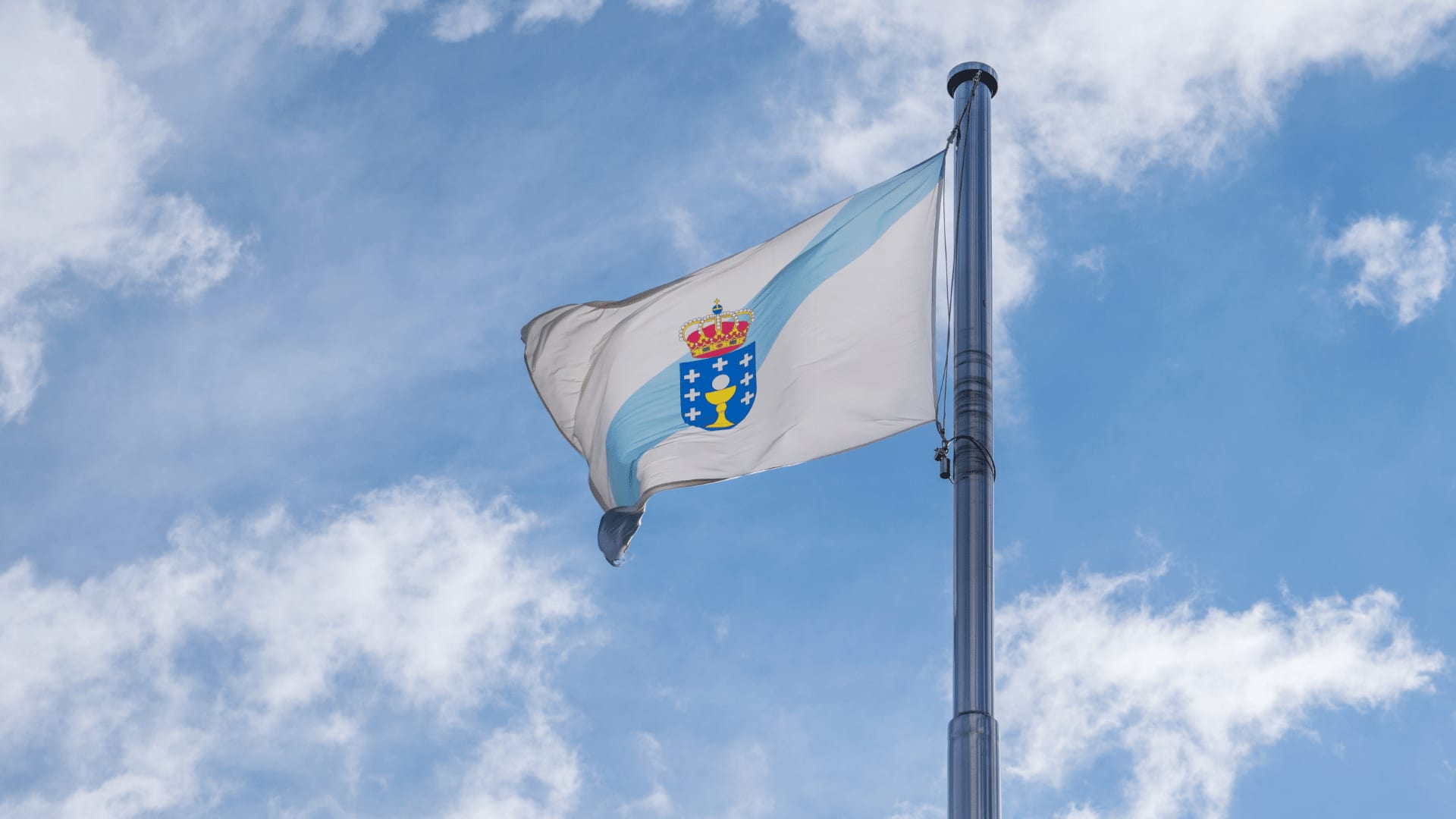
The beautiful region of Galicia is located in the northwest of the Iberian Peninsula. It is made up of the provinces of La Coruña, Lugo, Orense, and Pontevedra.
The capital is the city of Santiago de Compostela, while Vigo is the most populous municipality. Spanish and Galician are spoken in this territory. Although Galician is defined as their “own language,” both tongues are co-official according to the Statute of Autonomy of Galicia.
link to the statute of autonomy: https://www.boe.es/buscar/act.php?id=BOE-A-1981-9564
La Rioja

La Rioja is the most famous Wine Region in Spain. It is a natural region surrounded by mountainous massifs and crossed by rivers, making it one of Spain’s wealthiest lands. It is located in the valley of the Oja River (and got its name from it).
There are three natural areas in La Rioja: La Rioja Alavesa (south of the Basque Country); La Rioja Navarra (south of Navarra), and La Rioja, an area that corresponds to the current Autonomous Community of La Rioja.
It is divided into three subregions from west to east, following the course of the Ebro River: La Rioja Alta, La Rioja Media, and La Rioja Baja. Or in two parts: La Rioja Alta and La Rioja Baja, having its division in the Iregua River, where Logroño, the main capital, is located.
The famous Rioja wine (red is the most abundant and best known) is produced in more than two thousand wineries spread throughout the community.
La Rioja is not a historical but a geographical entity; traditionally, the south of Álava was also called that. This natural region is divided into three autonomous communities: the Basque Country, Navarra, and Rioja. Before the 1978 Constitution, that turned them into three different regions.
link to the statute of autonomy: https://www.larioja.org/comunidad/es/estatuto
Madrid

The Community of Madrid is a Spanish autonomous community born from the 1978 Constitution. The capital of Madrid is Madrid, which is also Spain’s main city, located in the northern part of the Central Plateau.
The city of Madrid registered 4.9 million visitors in 2021. (+83% vs. 2020), of which 62% were national and 38% international.
(Data retrieved from the https://www.esmadrid.com/mcb/documentos-informes/estadisticas/#:~:text=La%20ciudad%20de%20Madrid%20registr%C3%B3,(%2B77%25%20vs%202020) :) )
It is uniprovincial, so there is no council. It limits the provinces of Guadalajara, Cuenca, and Toledo, as well as those of Ávila and Segovia.
link to the statute of autonomy: https://www.boe.es/buscar/pdf/1983/BOE-A-1983-6317-consolidado.pdf
Murcia
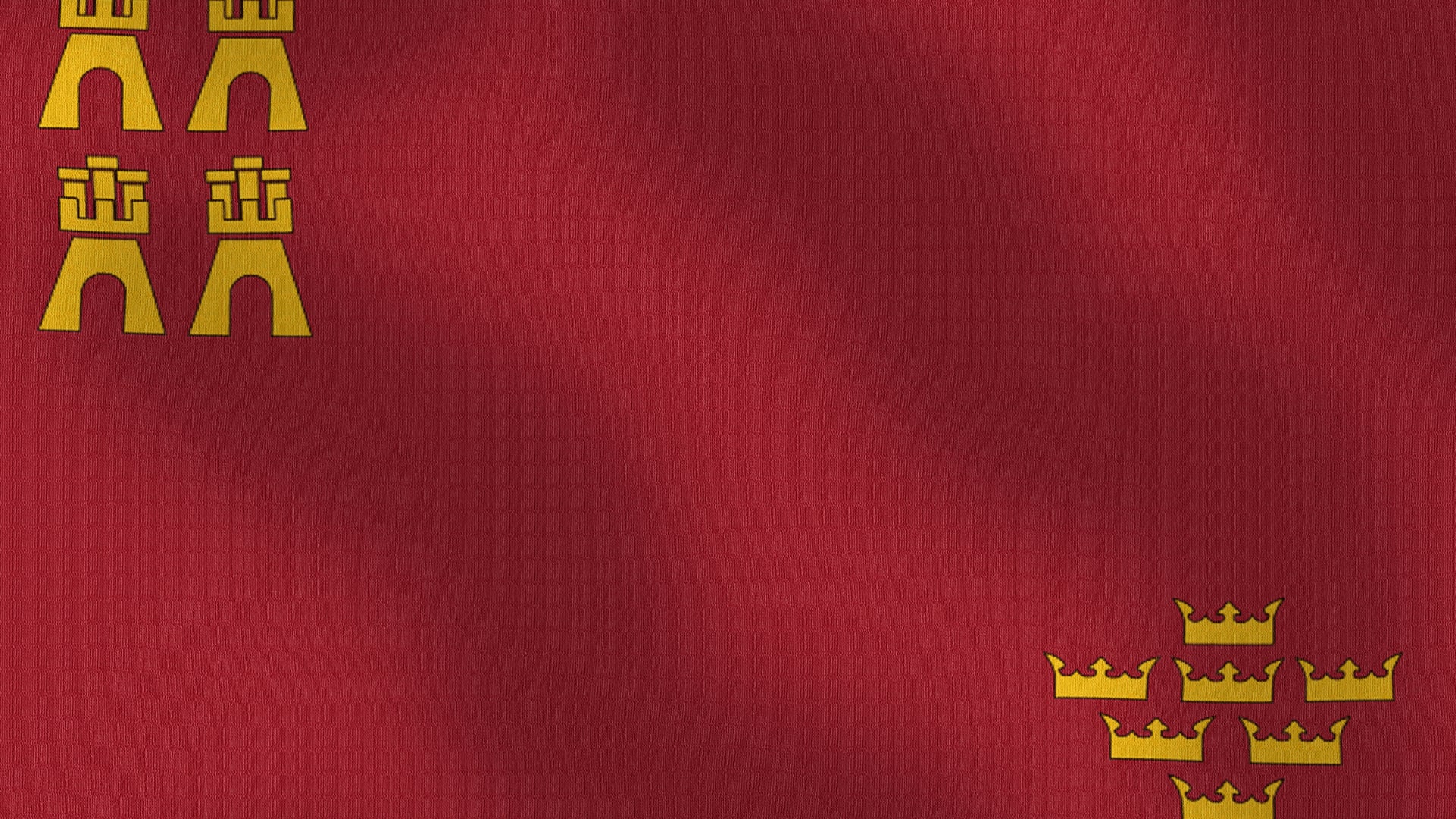
The Region of Murcia is a historical region in the southeast of Spain, inheritor of the old Kingdom of Murcia, which has traditionally included the provinces of Albacete and Murcia as a bi-provincial region.
During the Transition, Albacete passed to the new Castilla-La Mancha, forming the uniprovincial autonomy of the Region of Murcia in 1982 with the main capital being Murcia.
The region is one of the largest producers of fruit, vegetables, and flowers in Europe, with essential vineyards in the municipalities of Jumilla, Bullas, and Yecla, which produce wines with Denomination of Origin.
link to the statute of autonomy: https://www.asambleamurcia.es/normativa/basica/estatuto-autonomia
Navarra
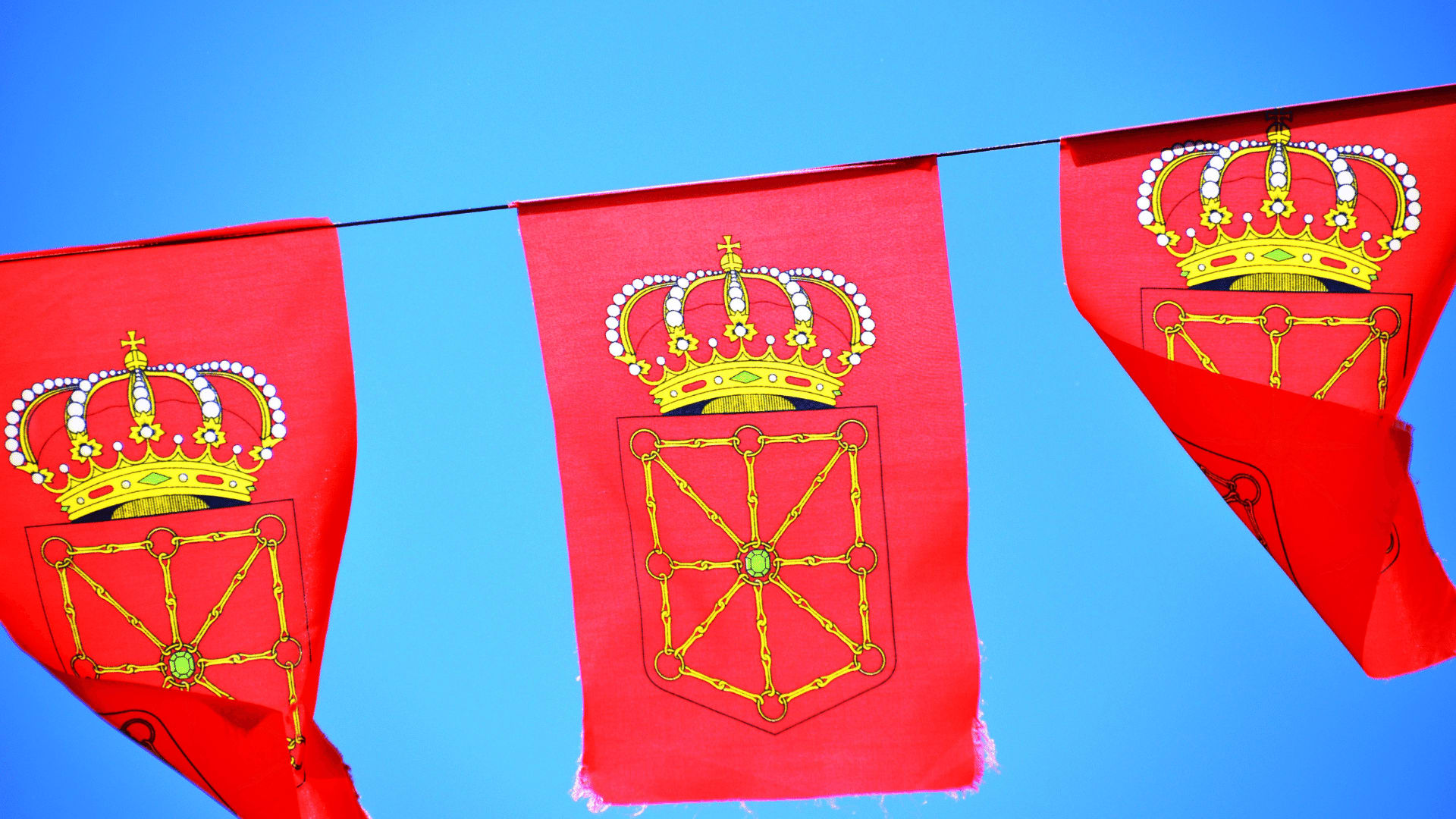
The Kingdom of Navarre is very old. It was originally known as the Kingdom of Pamplona, today’s main city.
It was a Basque kingdom that occupied lands on both sides of the western Pyrenees, alongside the Atlantic Ocean, between present-day Spain and France. In 1512 the Kingdom was conquered by the King of Aragon, Fernando el Católico.
A long time after, it was established as an autonomous community of Spain. The end of Franco’s dictatorship and the reinstatement of the democratic system gave rise to a new constitution in 1978.
link to the statute of autonomy: http://www.navarra.es/NR/rdonlyres/EB3FB4A9-BC70-4DD5-8965-2301C8F6D596/34269/LORAFNA.pdf
Valencia
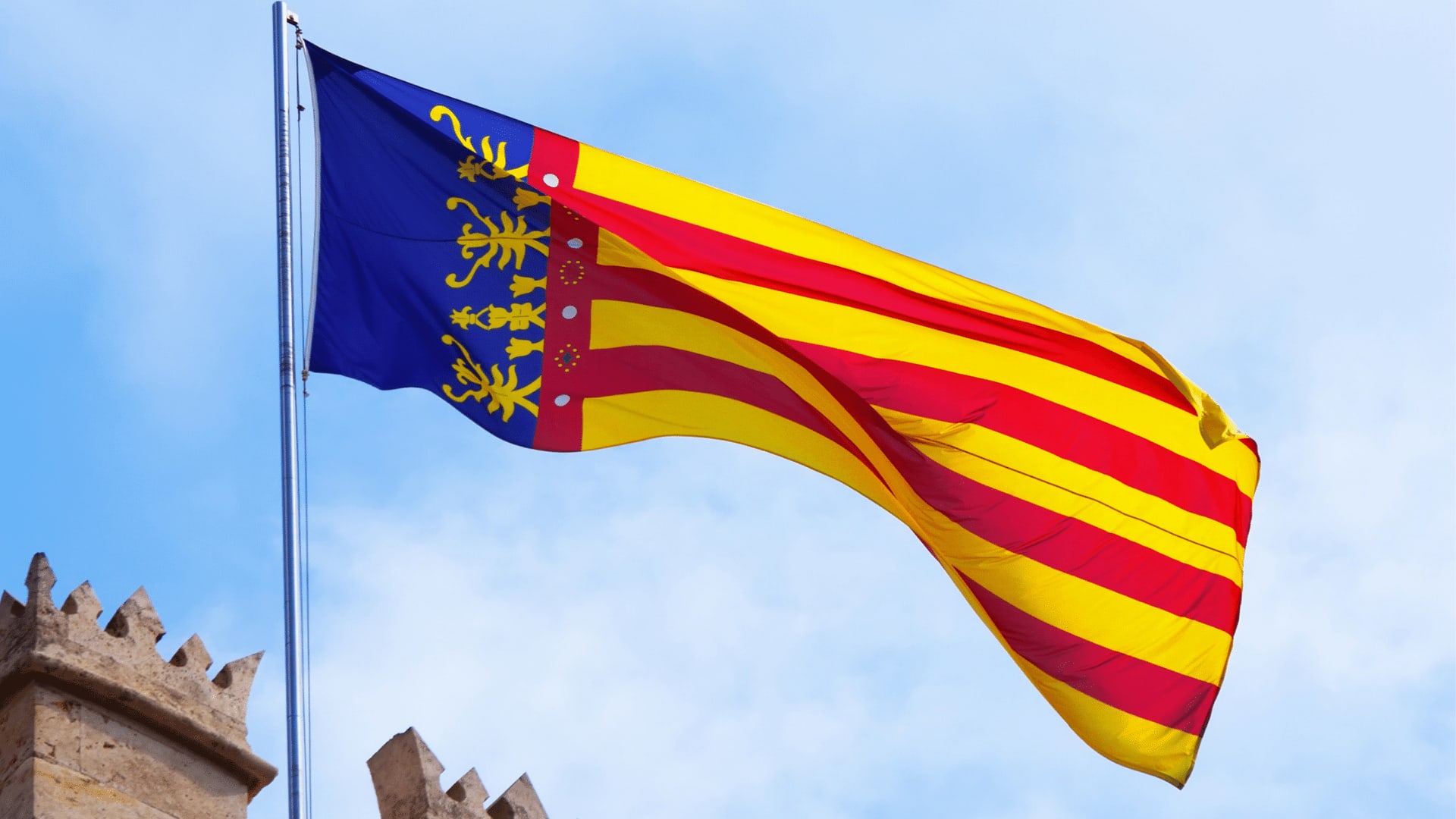
The region of Valencia has a population of approximately 5,111,706 inhabitants. They are distributed in its three provinces: Alicante, Castellón, and Valencia, the capital and most populous city.
The autonomous status of this region was approved in 1982, and in 2006 it was recognized as historical nationality.
It is located to the east of the Iberian Peninsula. It limits west with Castilla-La Mancha and Aragón, to the north with Catalonia, and to the south with the Region of Murcia. They are known for being a region with strong and deeply rooted cultural traditions.
link to the statute of autonomy: https://www.boe.es/buscar/act.php?id=BOE-A-1982-17235







